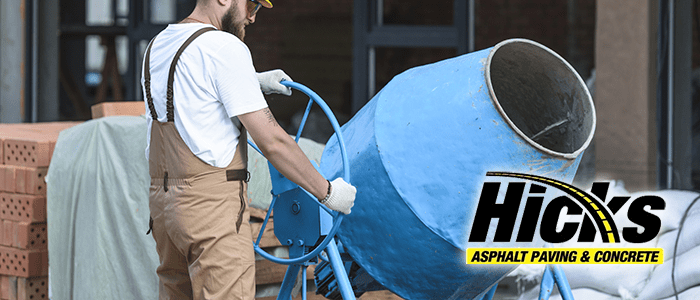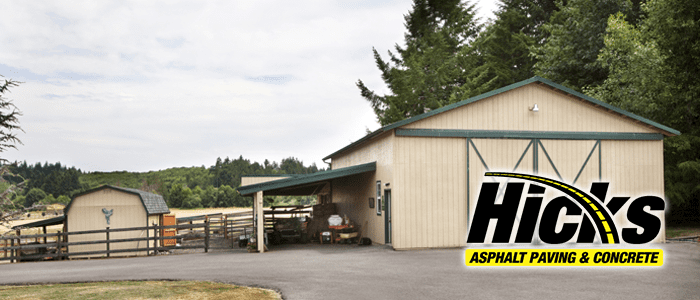Whatever type of construction job you’re approaching, chances are it will involve concrete. Concrete is a composite material of cement and aggregates bound by water. When mixed, a pourable building material is produced that molds into whatever shape the build plan requires. In order to create quality concrete, the ingredients need to be adequately mixed. This is where concrete mixers come in. In this article, read all about the most common types of concrete mixers, from trucks to on-site options.
What Are Concrete Mixers?
Sometimes erroneously referred to as cement mixers, these are any number of machines that mix cement, aggregate, and water together to form a liquid concrete slurry. While small amounts of concrete can be mixed by hand, any large building or paving quantity of concrete will require a mixer. An added benefit of using a mixer is that you will avoid many of the pitfalls that hand-mixed slurries encounter – Such as over-mixing. These machines typically consist of a mechanism involving a large motor that rotates a drum and a series of blades that keeps the mixture in motion to prevent hardening and come in various shapes and functions.
Concrete Mixer Trucks
You may have seen mixing trucks driving around your town – The drum may have been stationary, or it may have been spinning. The spinning means that concrete is currently being mixed, and it is on its way to a job site to pour the mixture. They are much larger than the mixers used on construction sites, and are an instrumental part of large-scale projects. A concrete mixer truck – Also called a ready-mix truck – will transport concrete from the batch plant to a job site. At the job site, concrete pours through chutes with the blades spinning in reverse to aid in discharging the concrete. Rear discharge trucks require a worker to operate chutes in the back, while front discharge trucks allow the driver to control the chute from within the cab.
Continuous Mixers
As the name might imply, a continuous mixer will feed ingredients into the drum, mix them, and discharge them simultaneously until the job is finished. Screws provide the materials into the drum, where they are mixed. They consist of tilting drums with screw-type blades in constant motion at the center of the drum, and are used in large-scale projects such as dams, skyscrapers, and bridges. They are also used for pavement-type concrete.
Drum Mixers
The most commonly used mixers are drum mixers, which are themselves a type of batch mixer. These mixers create one batch of concrete after the other. Smaller than other kinds of mixers, these are rotating drums with blades inside that stir the slurry. All ingredients are fed into the drum, often by shovels, and then spun at a fixed speed. The mix is then discharged and used. After this, the drum is filled, spun, and discharged again. This process will repeat until the needed amount of concrete has been produced. They are broken down into three categories:
- Tilting drum mixers can be tilted at various angles, as the name implies. Depending on the needs and the mixture being used, a different angle of a mix can be used. Typically an angle of fifteen degrees will be used, as a higher drop of concrete will produce a more efficient mixture.
• Non-Tilting drum mixers are always set at an incline of zero degrees and cannot be adjusted. The concrete is discharged not by tilting but by inserting a tilted chute and reversing the mixing blades’ rotation. This type of mixer has a slower discharge rate, and is used in small-scale projects.
• Reversing drum mixers share similarities with the non-tilting mixer. However, they only have one opening through which mixture is added and discharged, while non-tilting mixers can have two openings. Reversing drum mixers are very economical, as they are cheap to maintain and operate. The concrete quality is medium grade and produced reasonably quickly.





